How to fix problems when upgrading to macOS 10.14 Mojave
Apple has just released the latest version for Mac, iMac and MacBook computers and while it offers many new exciting features, this operating system also has some problems. So this article will show you how to fix some common errors when upgrading to macOS 10.14 Mojave.
How to fix problems when upgrading to macOS 10.14 Mojave
- Unable to load macOS Mojave
- Problems installing macOS Mojave
- macOS Mojave does not install from an external drive
- Bluetooth does not work on MacOS Mojave
- Mac cannot boot after installing macOS 10.14 Mojave
- Mac runs slowly after installing macOS 10.14 Mojave
- Some applications do not work in macOS 10.14 Mojave
- Battery problems with Mac running MacOS Mojave
Unable to load macOS Mojave
A common problem that users report cannot download macOS version 10.14. When downloading, they will see the error message saying ' macOS Mojave download has failed ' (Cannot download macOS Mojave) or ' Installation of macOS could not continue. Installation requires downloading important content. Không thể tải về nội dung ở thời gian này. Try again later '(Cannot continue to install macOS. This installation requires downloading important content but cannot download this content now, please try again later).

There are several reasons why you encounter this problem as too many people download this operating system at the same time. In this case, try downloading again later or you can check the status of the Apple server directly to make sure everything is fine.
The reason for not being able to download macOS Mojave is because you don't have enough storage space on your Mac. Therefore, check the available space by opening the Apple menu, clicking About This Mac , selecting Storage and then checking the capacity on the hard drive. You need at least 12.5GB of space to upgrade to macOS Mojave version. If you are using OS X Yousemite version or below, you need 18.5GB.
- 5 ways to "free" Mac drive
You also need to switch Wi-Fi to a wired network to ensure uninterrupted Internet connection. If you still have problems downloading macOS Mojave, try finding the partially downloaded macOS files and the file named Install macOS 10.14 on the hard drive, delete them then restart the Mac and download it again.
If the above does not solve the problem when downloading macOS Mojave, open the App Store , click View My Account and see something in the Unfinished Downloads section, delete them and try to log out of the Store to see if this has started reactivate the download process or not.
Problems installing macOS Mojave
If you have trouble installing macOS Mojave, you first need to check that the running Mac is compatible with macOS Mojave. Here is a list of compatible Macs.
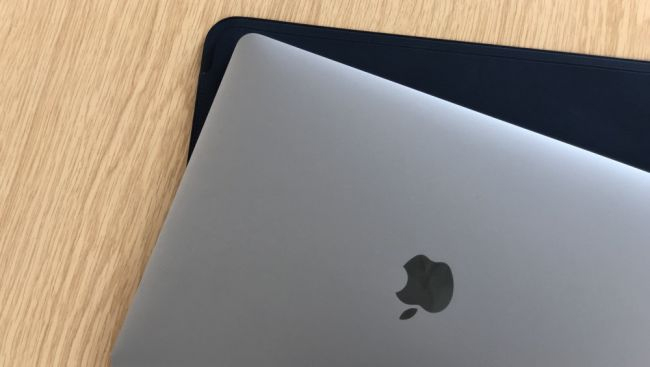
- MacBook (early 2015 or newer)
- MacBook Air (Mid-2012 or newer)
- MacBook Pro (Mid-2012 or newer)
- Mini Mac (End of 2012 or later)
- iMac (End of 2012 or newer)
- iMac Pro (2017)
- Mac Pro (End of 2013, model between 2010 and mid-2012 with Metal-capable CPU)
If your Mac is compatible and has completed the macOS Mojave download process, but you don't see the installation message, search the Mac application folder to find a file called Install macOS 10.14 , double-click this file to start installation.
If you have problems installing macOS Mojave due to low disk space, restart your Mac and press Ctrl + R while it starts to access the Recover menu. Select Disk boot to boot as usual, then delete the file you no longer use.
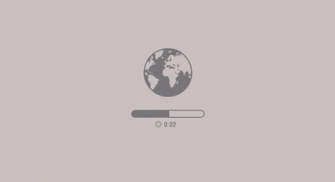
If you have difficulty releasing the disk space, find the Time Machine file to hide and delete it because this file takes up a large amount of space. After freeing up enough space, try installing again.
If near the end of the macOS Mojave installation process, you see an error message, restart the Mac and press Command + Options + R on the keyboard during boot to activate the recovery system via the Internet. You can also press Shift + Option + Command + R.
macOS Mojave does not install from an external drive
Some users have reported that Mojave could not be installed from an external hard drive and returned to the previous macOS version. They think the reason is because of using an external hard drive connected to a Mac via a USB-C adapter. So try plugging it directly into Thunderbolt 3 port or try another adapter. You can also try installing High Sierra (previous version of macOS) on the external drive first, then upgrading to Mojave.
Bluetooth does not work on MacOS Mojave
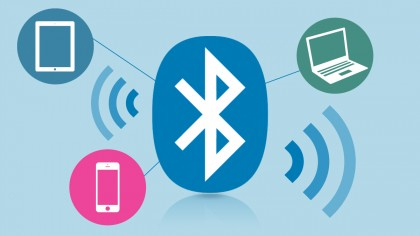
Some people who have encountered Bluetooth problems do not work when Mac runs macOS Mojave. To fix this problem, open the Finder and then click Go on the menu, then select Go to Folder . , type / Library / Preferences . From here you will see a file called com.apple.Bluetooth.plist , select it and reboot your Mac and try reconnecting to the Bluetooth device.
Mac cannot boot after installing macOS 10.14 Mojave
If after installing macOS Mojave, but the Mac cannot boot, try restarting the Mac and holding down the Command , Option , P and R keys to reset NVRAM. When in Safe Mode , run Disk Utility to try to fix macOS Mojave boot problem.
Mac runs slowly after installing macOS 10.14 Mojave
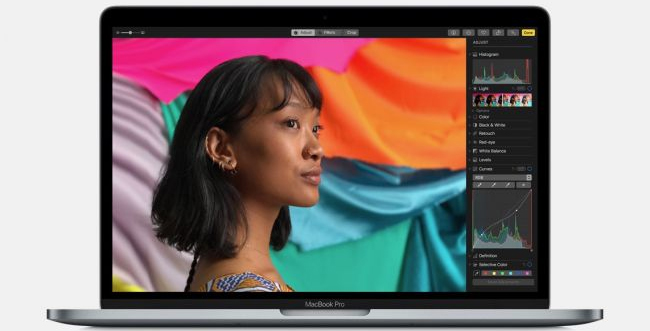
If your Mac is slow after installing MacOS Mojave, it may be because third-party applications start automatically with the system. Many applications download at the same time will slow down the Mac.
To fix this problem, uninstall unnecessary applications when the Mac boots up. You can also open the Apple menu and select System Preferences . From the window that appears, click on User & Group , select Login Items and then select the application you do not want to start with the system and click on the small minus sign below the list.
In addition, you should also make sure all your applications are updated by checking in the Apple Store or accessing the application website.
Another fix is that you can reboot your Mac or stop forcing applications to use more RAM. You can identify applications that use multiple system resources with the Activity Monitor utility (in / Applications / Utilities). The CPU tab will list active processes in real time. To stop forcing a process, click on it in the Activity Monitor list, click on the X on the left side of the toolbar, then confirm again.
Full cache memory is also the cause of slow Mac. To clear the cache, open the Finder window, select Go from the top menu and select Go to Folder . In the text box that appears, type / Library / Caches .
Delete data inside folders. Now repeat the process with / Library / Caches (without symbols). Run the Repair Disk tool from Disk Utility to solve the problem.
Some applications do not work in macOS 10.14 Mojave
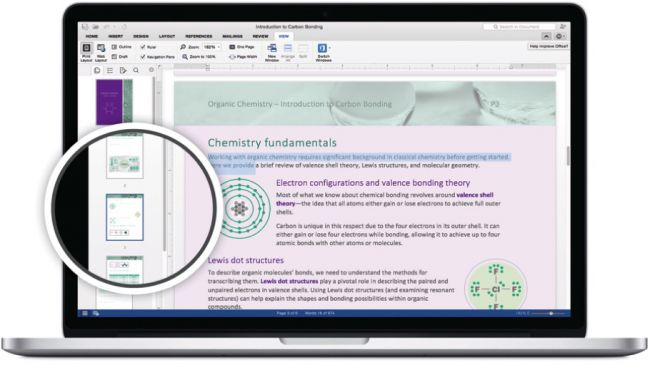
A common error when upgrading to macOS Mojave is that some applications no longer work. This is a normal problem when you use older programs. If the application does not work in macOS 10.14 Mojave, you should check and install the latest version of these applications on its website. In case the software is too old and not compatible with Mojave operating system, you should consider buying a newer version or find alternative applications.
MacOS Mojave operating system prioritizes the use of 64-bit applications, so you should use the 64-bit version of the application on this operating system. However, you can still run 32 bit applications but it will appear a warning saying that this application is not optimized for Mac running macOS Mojave.
To check if the application you have installed is 32 bit or 64 bit, go to the Apple menu and select About This Mac , click on System Report , then on the left menu, click Applications . You should see a 64-bit recording column, find the No write application to upgrade to a 64-bit version if possible or find alternative applications if there is no 64-bit version available.
Battery problems with Mac running MacOS Mojave
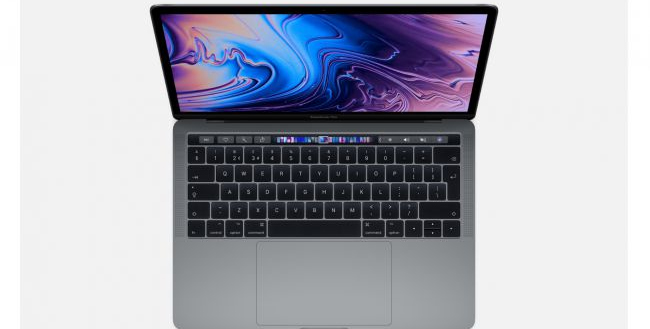
Many users find that MacBook battery life is shorter than when installing macOS Mojave. You can check the cause of this problem by opening the Finder , accessing Applications> Utilities> Activity Monitor> Energy .
You will see a graph showing the energy level of the programs used. If you see any applications that consume a lot of energy, check if it is possible to update it or uninstall and use alternative software.
In addition, you should turn off location services, do not use animations and graphics effects when not needed to extend battery life. You can refer to the article 8 ways to save battery for MacBook.
I wish you all success!
See more:
- How to use Camera Continuity on MacOS Mojave and iOS 12
- How to install macOS Mojave on Windows 10
- 10 troubleshooting tips for Mac OS X
You should read it
- How to install macOS Mojave on Windows 10
- How to change the default location for saving screenshots in macOS Mojave
- Microsoft Office supports dark background mode on macOS Mojave
- 5 beautiful mobile wallpaper download sites for macOS Mojave
- How to use Mojave's Dark Mode on Mac right now?
- MacOS Mojave's Dark Mode makes Windows 10 embarrassed
 10 latest features of macOS Mojave
10 latest features of macOS Mojave 26 useful screen capture apps for macOS
26 useful screen capture apps for macOS 6 best free GIF creation apps for Mac
6 best free GIF creation apps for Mac How to install FaceTime on a Mac
How to install FaceTime on a Mac How to find, install and remove Safari extensions on Mac
How to find, install and remove Safari extensions on Mac Instructions to upgrade Mac to High Sierra version
Instructions to upgrade Mac to High Sierra version